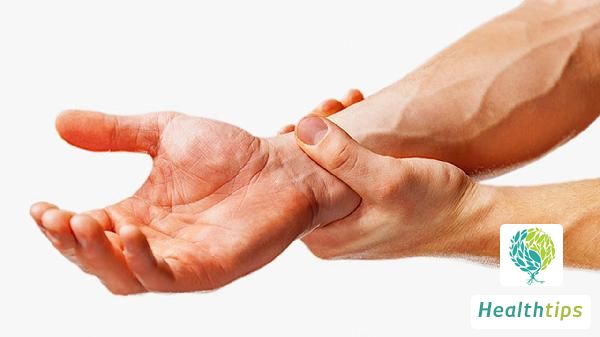"How Can I Cure Gout in the Big Toe?"
Big Toe Gout: A Metabolic Disease Insight

Big toe gout is a metabolic disorder characterized by hyperuricemia, resulting from purine metabolism disturbances or reduced uric acid excretion. Its clinical manifestations encompass recurrent acute arthritis, tophus formation, chronic arthritis, and joint deformities. Currently, there is no definitive cure for gout, and management primarily focuses on symptom control and prevention of complications.
1. General Management
Patients should avoid high-purine foods such as animal viscera and seafood, abstain from alcohol and tobacco, and increase water intake to facilitate uric acid excretion. Furthermore, maintaining proper warmth and avoiding exposure to cold is crucial.
2. Pharmacological Treatment
This includes non-steroidal anti-inflammatory drugs (NSAIDs), colchicine, and glucocorticoids. NSAIDs, like ibuprofen sustained-release capsules and diclofenac sodium sustained-release tablets, are effective in alleviating pain and swelling. Colchicine, primarily used in early gouty arthritis, rapidly relieves joint pain and swelling but can cause gastrointestinal reactions and bone marrow suppression with prolonged use. Glucocorticoids are suitable for severe acute symptoms, offering rapid anti-inflammatory effects but should be used cautiously due to potential adverse effects.
3. Surgical Interventions
For patients with tophus formation, surgical removal of the tophus along with bursectomy may be considered if drug therapy fails. In cases of joint deformity, artificial joint replacement surgery is necessary. It's essential to note that big toe gout cannot be cured but its symptoms can be managed through proactive and standardized treatment. Patients are advised to seek medical attention promptly and undergo regulated treatment under professional guidance.



















